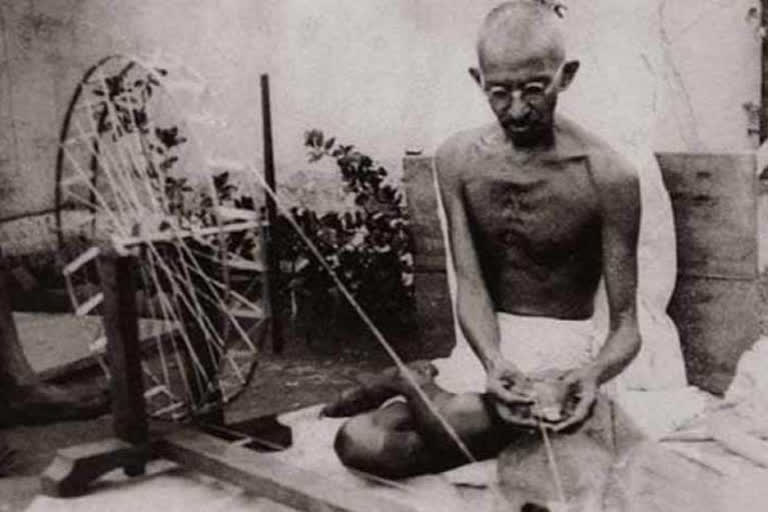Hyderabad:The role of local bodies in promoting political and social awareness is undisputable. Stable political system, able administration and consistent participation of citizens are paramount for these self-governing councils to sustain. Only then, development through decentralisation will become something more than a cliched slogan.
As per Article 243G of the Constitution, the Gram Panchayats (village councils) are responsible for the preparation and implementation of plans for economic development and social justice of the people in the villages. Comprehensive Gram Panchayat Development Plans (GPDPs) must be formulated by coordinating with central and state governments following the 29 subjects mentioned in the 11th Schedule of the Constitution.
Structured development plans will involve the citizens in economic, social, cultural and political decision making besides deciding project priorities and resource allocations. From October 2, 2020 to January 31, 2021, the People's Plan Campaign, also known as "Sabki Yojana Sabka Vikas" must be implemented in every village panchayat. To this end, Gram Sabhas must be organised and Gram Panchayat Development Plans for the year 2021-22 must be formulated in coordination with local bodies and official machineries.
Details of the plans approved in the Gram Sabha must be entered in the E-Gram Swaraj Portal. Also, Mission Antyodaya survey must be conducted and the gathered information should be recorded in the portal. Currently, there are about 31 lakh elected representatives and 5.25 crore self-groups across the country. The campaign aims to partner with every one of them to further strengthen their role.
Read:Cost top most hurdle in improving access to justice for all, says President Kovind
The GPDPs will focus on 13 key areas with a greater focus on infrastructure development. In addition to the participation of the people of the respective villages, the support of local employees is crucial for integrated development. Crucial indicators like farmer welfare, drinking water, sanitation, school education, literacy, health, family welfare, women and child welfare, social justice and empowerment must be taken into consideration while devising GPDPs.
Attendance is mandatory for the officers of the relevant departments in Gram Sabhas. They are expected to explain the department's activities to the villagers. Comprehensive GPDPs can be formulated only when accountability, proper use of funds and people's participation go together.
The 15th Finance Commission has allocated Rs 60,750 crore to local bodies for FY 2020-21. A development plan detailing the usage of these funds must be prepared. According to the Panchayat Development Plan website report, 2,14,934 out of 2,69,532 village panchayats nationwide appointed facilitators while only 1,31,226 panchayats have conducted Gram Sabhas so far. A mere 26,657 village bodies have approved the GPDPs. To date, there is no update about the GPDPs in the E-Gram Swaraj Portal. Well-trained staff and resources are prerequisites for the success of People's Plan Campaign.
Relevant village authorities must travel extensively, conduct meetings and take special initiative to encourage the participation of all sections of the community. In reality, ward, woman and child council meetings also need to be held for comprehensives GPDPs. Going by the official figures, the estimated cost for Antyodaya survey amid COVID-19 restrictions is Rs 101.4 crore. To do away with such wasteful spending, people must be made partners in the formulation of GPDPs for a sustainable and rapid development. Ultimately, village councils will emerge the symbols of democracy and self-governance, paving way for the Gandhian dream of Gram Swaraj.
Read:Hero of 26/11 Govind Singh Sisodia recounts Kasab's interrogation
